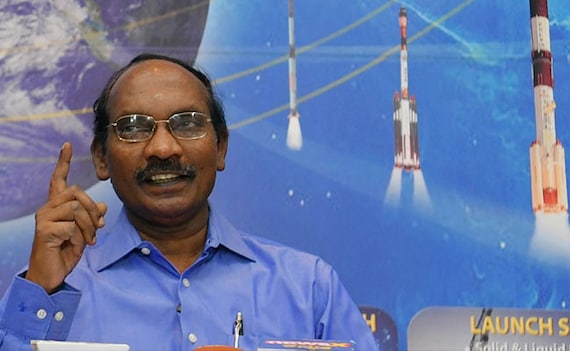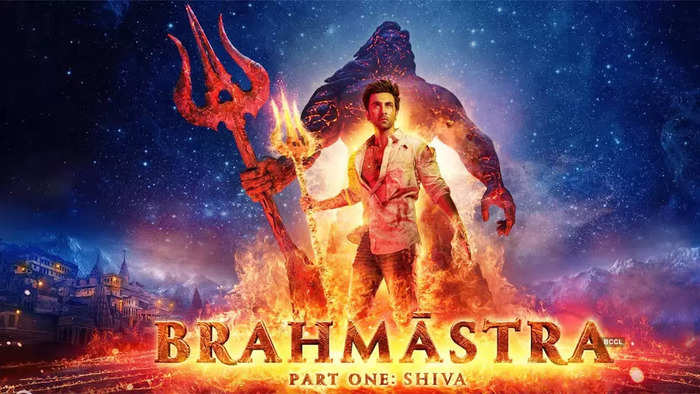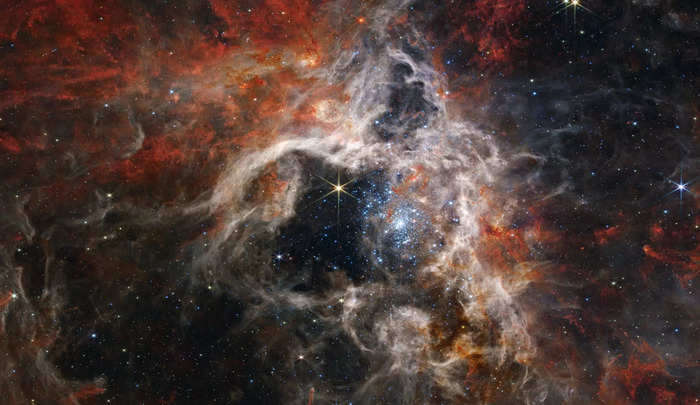#US, #Russia and #China made up for 88 percent of space debris, India among the lowest contributors
businessinsider.in/science/space/…
By @Krittiiii
businessinsider.in/science/space/…
By @Krittiiii
There are 25,182 pieces of space debris in the lower earth orbits, within 2,000 kilometres (km) of earth’s surface, according to the latest issue of Orbital Debris Quarterly News published by #NASA’s Orbital Debris Program Office.
#SpaceDebris
#SpaceDebris
These 25,182 pieces of space debris, include 8,171 active and defunct spacecrafts and 17,011 objects categorised as “spent #rocket bodies and other cataloged debris” as of February 4 of 2022.
#SpaceDebris #NASA
#SpaceDebris #NASA
United States of America, China and Commonwealth Independent States (CIS) like Russia, Ukraine, Belarus, and Kazakhstan are currenlty the biggest contributor of space debris, the report has revealed.
#SpaceDebris #NASA
#SpaceDebris #NASA

USA has 4,144 active or defunct spacecrafts and 5,216 objects categorised as debris. CIS stands next in line with 1,551 spacecrafts and 7,032 space debris. China has 517 spacecrafts and 3,854 such space debris. These three regions make up for over 88% of #SpaceDebris.
#NASA
#NASA

India's contribution to space debris, on the other hand, has fallen to the lowest levels in the last four years. The country only has 217 objects in space, including 103 spacecrafts and 114 space debris.
#SpaceDebris #NASA
#SpaceDebris #NASA

“Presently, the Indian Space Research Organisation (ISRO) has taken up research activities to study the feasibility and technologies required to undertake active debris removal (ADR),” Minister of State Jitendra Singh told the parliament.
#SpaceDebris #ISRO
#SpaceDebris #ISRO

Indian Space Research Organisation (@isro) chairperson K Sivan in November 2021, mentioned that they are working on futuristic technologies such as self-eating rockets and vanishing satellites as part of the measure to reduce space debris.
#SpaceDebris #ISRO
#SpaceDebris #ISRO

“All our rockets have metal casings that are dropped into the sea after launch or become (final stage) space debris. We are working on a technology where rockets will effectively ‘eat themselves’ leaving no waste.” Sivan elaborated.
#SpaceDebris #ISRO
#SpaceDebris #ISRO

• • •
Missing some Tweet in this thread? You can try to
force a refresh

















